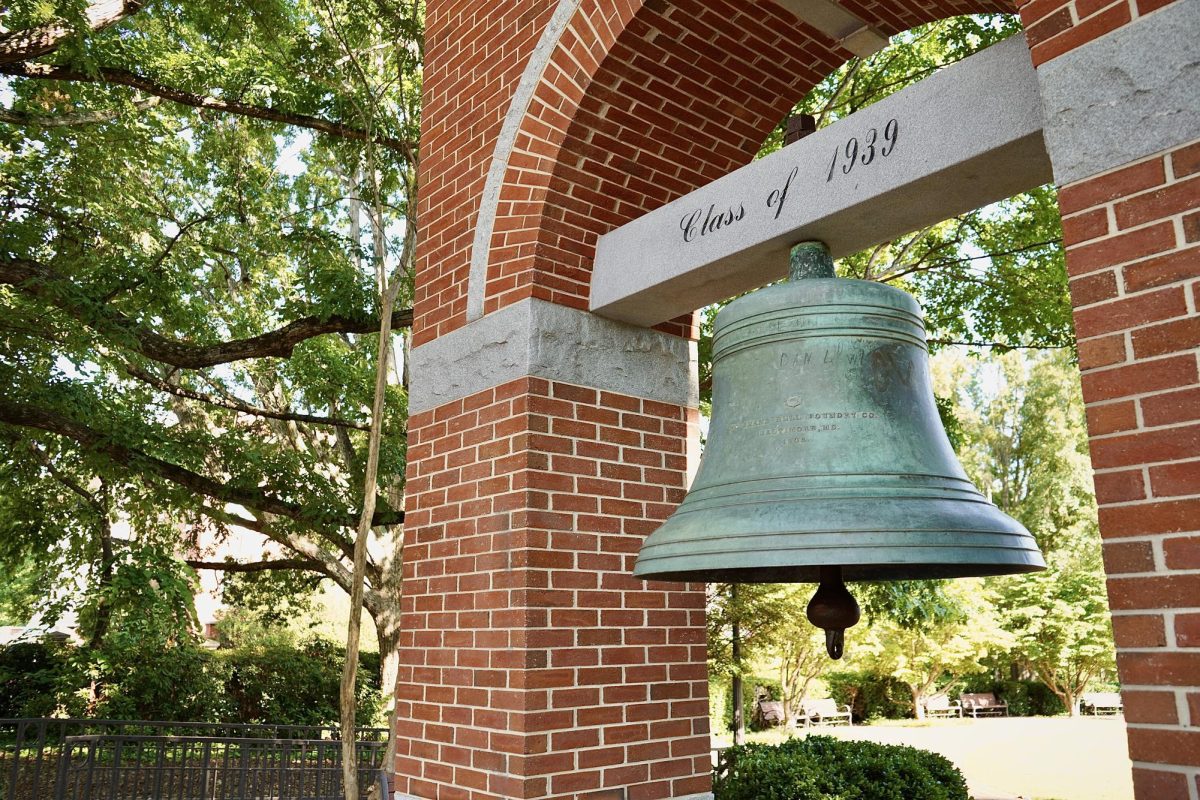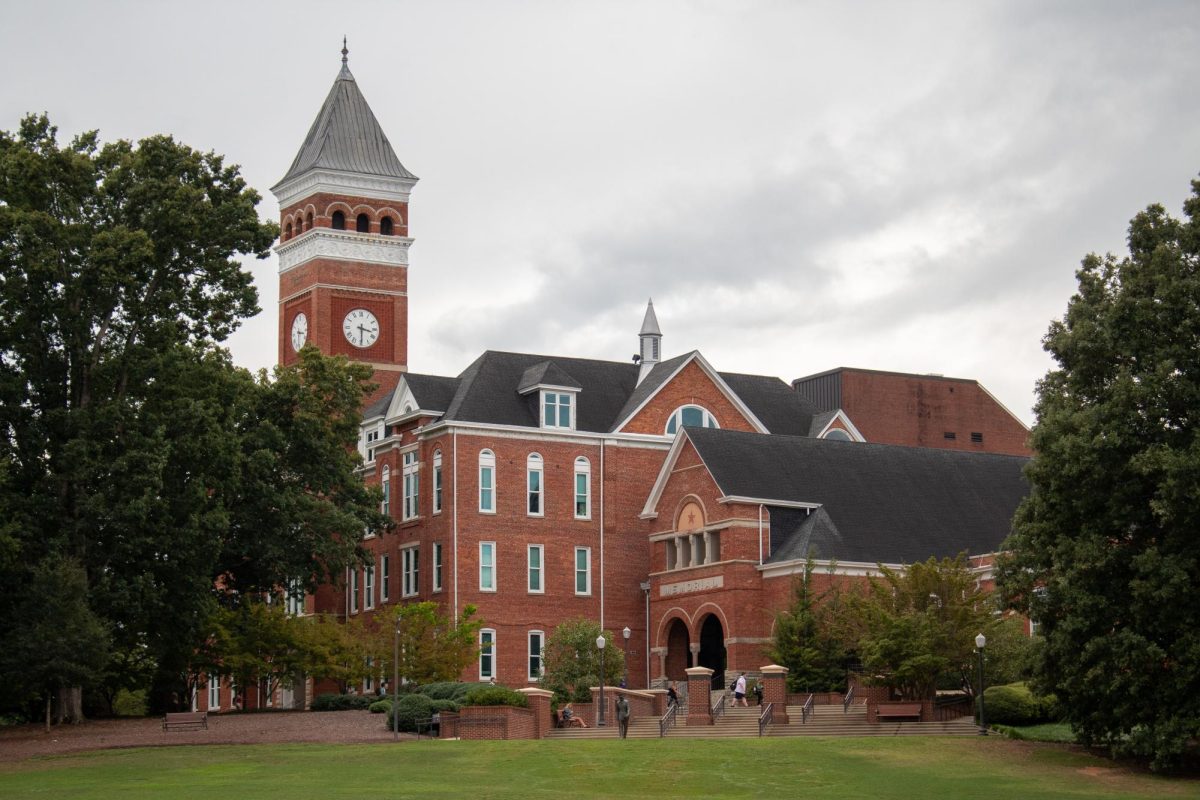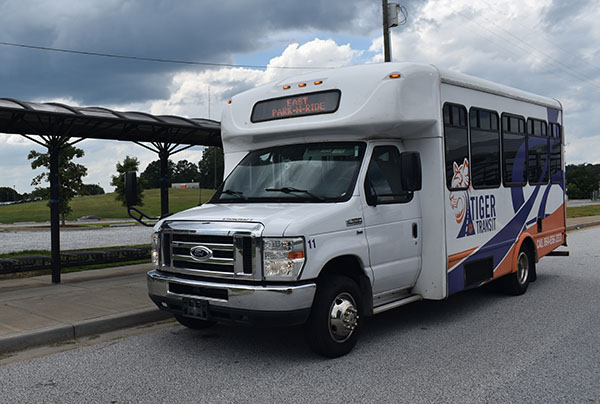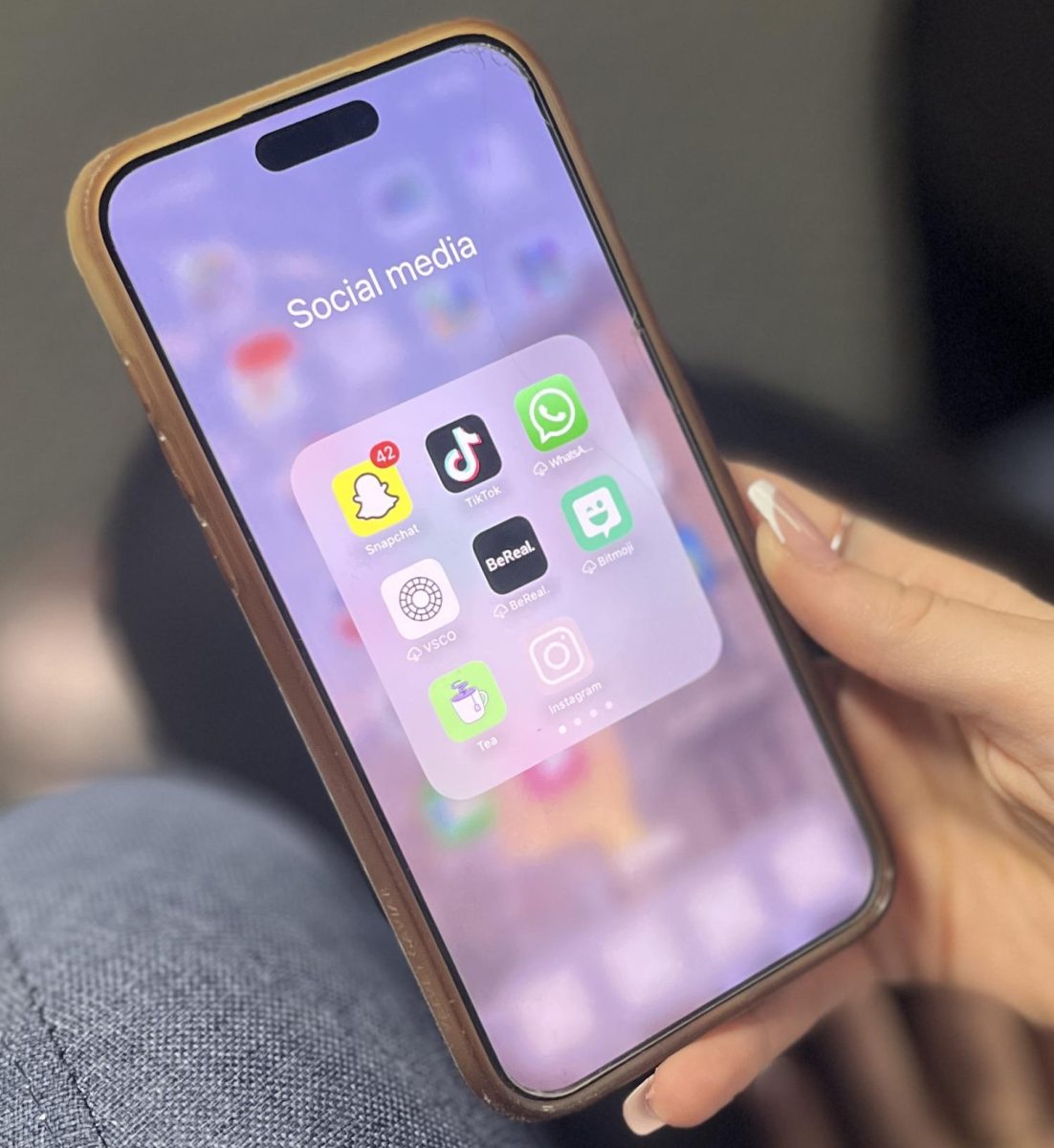In April 2023, Clemson University’s leadership introduced the Clemson Elevate strategic plan, outlining goals and initiatives to implement over the next 12 years. The Clemson Elevate strategic plan aims to propel Clemson’s rise as one of the nation’s best public universities while fulfilling its commitment as a land-grant institution to improve the lives of South Carolina’s citizens.
This strategic plan was a collective effort involving the contributions of 200 individuals from different disciplines. They identified a wide range of “areas of focus and excellence” to foster multidisciplinary collaborations that drive innovation and discoveries, exemplified by Clemson University’s response to COVID-19.
The No. 1 student experience
One of the strategic pillars identified by the leadership is to “deliver the No. 1 student experience in the nation,” where “every student thrives.” While the strategic plan lays down key initiatives, metrics and actions needed to achieve this outcome, we must question whether these actions will be sufficient to ensure that every student indeed thrives.
The first initiative identified to deliver the No.1 student experience is to excel in experiential learning by increasing practical, hands-on opportunities such as research, creative inquiry, service learning, co-ops and internships. Clemson is fortunate to have dedicated individuals working in these experiential learning departments, resulting in immense progress.
A lack of student engagement
There has been a decrease in the number of students opting for high-impact evidence-based and global engagement opportunities like co-ops and studying abroad, according to the 2018 Provost Annual Report.
Additionally, only 55.09% of undergraduate students and 17.26% of graduate students participated in any internal or external experiential education, according to the Center for Career and Professional Development’s annual report for 2021-2022.
Furthermore, students enrolled during the 2020-2021 academic year missed out on a “traditional classroom experience” in many foundational or advanced courses due to the COVID-19 pandemic, posing significant challenges in acquiring knowledge and core competencies.
This data indicates that despite the availability of numerous experiential learning opportunities, fewer students are opting to participate in them. To ensure that the new strategic plan’s goal of “every student thrives” is achieved, we must address the lack of buy-in from students for experiential learning opportunities. Is this lack of buy-in due to a communication problem, a lack of access to such opportunities or both?
The assessment
To be fair in my assessment, it is difficult to pinpoint the source of this lack of buy-in without conducting a well-designed research study. Let’s consider research that attempts to answer this question at a national level in the U.S.
Only 30% of college students ever participate in an experiential learning opportunity like an internship. Matthew Hora, an associate professor and co-director of the Center for Research on College-Workforce Transitions at the University of Wisconsin-Madison, conducted research to understand the factors underlying this outcome.
In a mixed-methods pilot study titled National Survey of College Internships (NSCI) 2021 Report, Dr. Hora and colleagues interviewed 12,130 U.S. college students and found that among non-interning students, 67% of them wanted to pursue an internship but could not due to a lack of information, few open positions, a heavy course load, a lack of transportation or pandemic-related cancellations.
This data suggests that the lack of buy-in may not always be voluntary and may result from both a lack of communication and a lack of access to such opportunities.
Personal experience
As a Clemson biological sciences graduate student, finding and enrolling in interdisciplinary, experiential learning opportunities has not been easy. For instance, as a College of Science student, it took me two months to enroll in a bioengineering class that would bolster my professional development as a biologist. After numerous emails exchanged between departments, administrative staff and professors, I did find success in enrolling in this course.
However, a bigger question remains: must it be so difficult to find interdisciplinary learning opportunities as a full-time student, especially when the new strategic plan emphasizes their importance? Finally, what can we do to increase students’ hands-on learning experiences?
A potential scenario and its solution
In my opinion, (i) a centralized portal for listing experiential learning opportunities, (ii) work-integrated learning and (iii) democratizing the course enrollment process are key action items to achieve the strategic plan’s goal.
Let us consider a few scenarios with two hypothetical students to see how these proposed solutions can tackle the lack of access and communication of collaborative, experiential learning opportunities.
Imagine a graduate student “A” working on their thesis project, and their lab or department lacks the expertise or training needed to use equipment or to employ a method essential to finishing the project. The obvious solution is to collaborate with someone on campus or find an external source to help them achieve this goal.
Now imagine another student “B” — undergraduate or graduate — who is eager to engage in hands-on experiential learning to apply their knowledge on a real-world interdisciplinary project.
What if student “A” had access to a centralized portal where they could indicate a need for someone like student “B,” who has learned how to operate the equipment or method student “A” needs help with? Many campus partners like Creative Inquiry and the Center for Career and Professional Development already have well-maintained portals with opportunities that can be further integrated into a centralized platform for both undergraduate and graduate students.
Moreover, what if student “B” is encouraged by their adviser to take a class that employs a student-centered, problem-solving approach to build essential competencies that a traditional classroom experience cannot provide?
The integrated concentration in science at the University of Massachusetts, for example, has successfully employed such a model, with students reporting an improvement in their collaboration and communication skills.
Finally, what if student “A” can simply go on the iRoar portal and enroll in a class that teaches how to use the method they are interested in learning, without the long uncertainty of knowing if they will be enrolled or not or without sending emails to a hundred people to overcome numerous administrative obstacles in the course enrollment process?
The obstacles, and the proposed solutions, faced by these hypothetical students may well be the experience of the large chunk of students who do not, or are unable to, participate in any experiential learning opportunities.
Taken together, it is crucial to consider the sources of the lack of buy-in among students for experiential learning opportunities and implement initiatives that will precisely address them to provide our students with the No. 1 student experience in the nation.
Prakrit Subba is a Ph.D. student in biological sciences and a co-host of the Breaking Silos podcast.









Saidat • Aug 24, 2023 at 12:49 am
A beautiful and insightful read